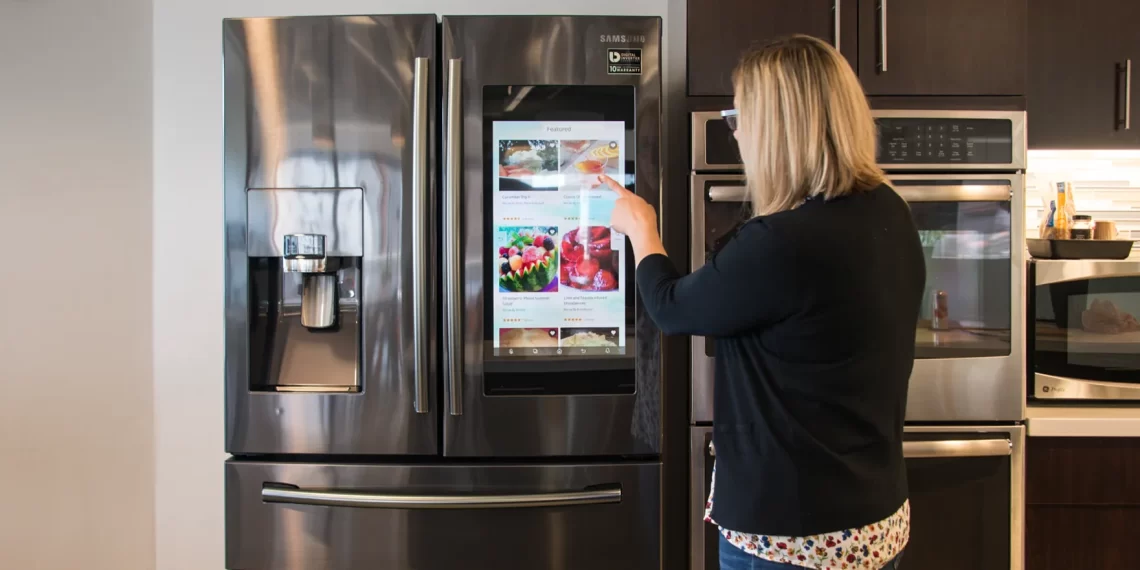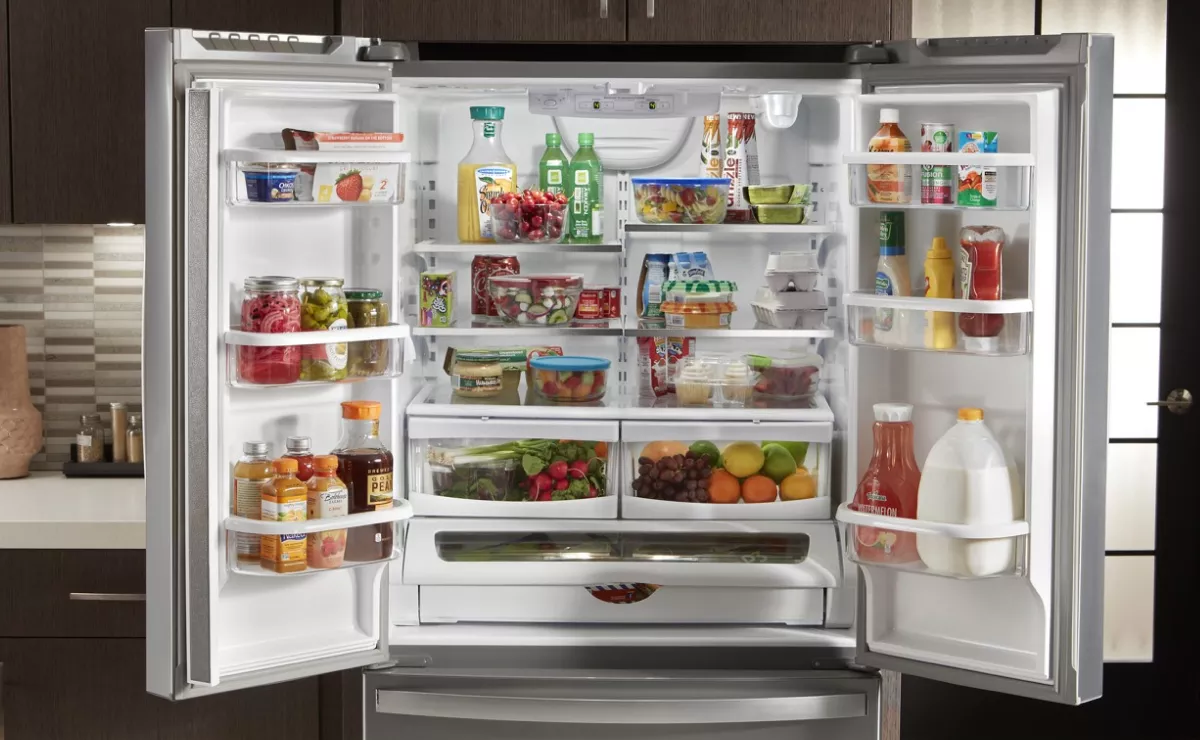Refrigerators are one of the most used appliances in households around the world. Understanding how much energy refrigerators consume can help homeowners be more aware of their electricity usage and potentially lower their energy bills. In this article, we will look at the factors that impact refrigerator energy use and provide typical watt ranges for different types and sizes of refrigerators.
What Determines a Refrigerator’s Energy Use?

Several key factors determine how energy efficient a refrigerator is and how many watts it will use:
Size
- Larger refrigerators need more energy to keep cool
- Standard sizes range from 10 to 30 cubic feet
Type
- Top freezer vs bottom freezer vs side-by-side
- Built-in vs freestanding
Features
- Through-the-door ice and water dispensers use more electricity
- Features like WiFi connectivity also increase energy use
Age and efficiency
- New ENERGY STAR certified models use 20-30% less energy than standard models
- Older models from prior decades tend to use a lot more energy
Typical Watt Ranges by Refrigerator Type

Here is an overview of typical watt ranges for common refrigerator types and sizes:
| Refrigerator Type | Size Range | Typical Watt Range |
|---|---|---|
| Standard top or bottom freezer | 10 – 20 cubic feet | 100 – 200 watts |
| Standard side-by-side | 25 – 35 cubic feet | 300 – 500 watts |
| Compact refrigerator | 1 – 5 cubic feet | 50 – 150 watts |
| Compact “dorm” refrigerator | 2 – 4 cubic feet | 70 – 120 watts |
| Built-in or integrated | 15 – 30 cubic feet | 200 – 400 watts |
| Mini fridge | Less than 3 cubic feet | 55 – 150 watts |
As you can see, watt usage can vary significantly. Standard free-standing refrigerators for household use tend to draw between 100-500 watts depending on size and features. Very small dorm and mini fridges use less, while large built-in and customized units may use more.
Factors That Impact Refrigerator Power Usage

Now let’s explore some of the key factors that impact refrigerator power usage in more detail:
Size
Size and capacity is the main factor that impacts energy use. The larger the interior capacity of a fridge, the more electricity it requires to run the compressor and cool effectively. A large side-by-side refrigerator over 30 cubic feet may use 500+ watts at times while smaller units under 20 cubic feet can get by on under 200.
Design and style
The configuration of a refrigerator affects efficiency too. Since top freezer models put the most used compartment at eye level, they tend to require less energy to maintain temperature than a bottom freezer or side-by-side. Built-in and customized fridges often use more energy to run due to less efficient designs.
Features
Special features like through door water/ice dispensers, WiFi enabled touchscreens and cameras can use extra electricity in refrigerators. Automatic defrost functionality also incrementally increases energy usage. The more feature-heavy the unit, the more energy it needs.
Ventilation and location
Refrigerators have rear coils and ventilation to dissipate heat. If airflow is blocked by installing too close to a wall or if the ambient room temperature is extra hot, the fridge works harder and uses more watts to stay cool. Proper ventilation and climate controlled room temps can improve efficiency.
Age
As with most appliances, refrigerators have become much more energy efficient over time. New ENERGY STAR certified models can use up to 30% less energy than even ones made 5-10 years ago. Upgrading from an older 1980’s or 1990’s fridge could dramatically reduce electricity usage.
Using Less Energy With Your Refrigerator
Here are 5 ways you can save energy with your refrigerator:
- Buy an ENERGY STAR model – When shopping for a new fridge, always look for the ENERGY STAR logo. On average, they use at least 15% less energy.
- Size appropriately – Take into account how much refrigerator space you realistically need. Don’t buy an oversized unit for your household as it leads to waste.
- Maintain and clean regularly – Dust build up and debris on coils lowers efficiency over time. Clean the coils every 6 months.
- Allow proper ventilation – Leave at least few inches of space between walls and the ventilation grill. Keep reasonably cool ambient temperatures.
- Upgrade if over 10 years old – New refrigerators can be 70% more efficient. Even replacing a 15 year old model could make a difference.
Making sure your refrigerator doesn’t use more energy than necessary saves electricity and money over the long run. Use the wattage guidelines and tips above to make the most informed usage and buying decisions.
Conclusion
Knowing typical refrigerator watt draws and how different units compare in terms of energy usage enables smarter purchases and monitoring of electricity use in your home. While a larger refrigerator or one with more gadgets and bells and whistles may seem attractive, it inevitably leads to increased energy consumption. The average new 20 cubic foot ENERGY STAR certified unit with few fancy features is often the best combination of convenience and efficiency. Hopefully this overview gives you a helpful knowledge baseline when shopping for your next refrigerator!